The authors describe inks for transparent elastomers that are formulated by matching the refractive index of silica and polysiloxanes.
Science and Technology
in the News
Science and Technology
in the News
News Center
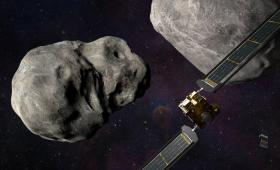
The Laboratory is taking part in NASA’s first-ever planetary defense test, which deliberately collides a spacecraft into an asteroid called Dimorphos.
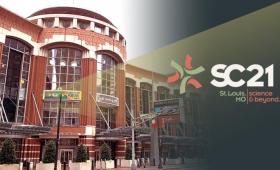
A Livermore team has won the first-ever Best Reproducibility Advancement Award at the 2021 International Conference for High Performance Computing, Networking, Storage and Analysis.
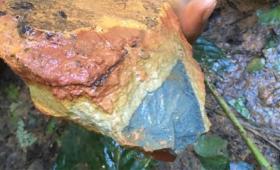
Rock weathering — the process of chemical transformation by long exposure to water and the atmosphere — boosts soil organic carbon storage by altering soil mineralogy.
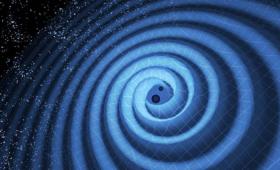
A research team has dveloped a machine learning-based technique capable of automatically deriving a mathematical model for the motion of binary black holes from raw gravitational wave data.
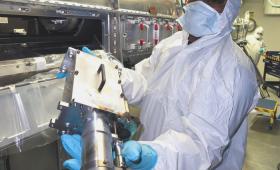
Third in a series of articles describing aspects of the National Ignition Facility’s record-breaking 1.3-megajoule experiment.
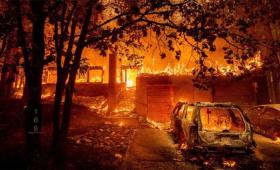
Research shows that two-thirds of the increase in vapor pressure deficit, an indication of fire weather, in the western United States is due to human-caused climate change.
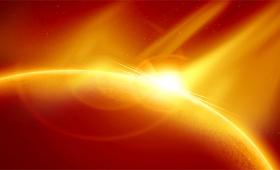
First in a series of articles describing aspects of the National Ignition Facility’s record-breaking 1.3-megajoule experiment.
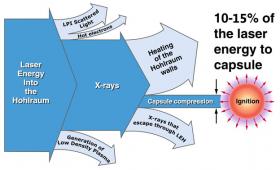
Second in a series of articles describing aspects of the National Ignition Facility’s record-breaking 1.3-megajoule experiment.



